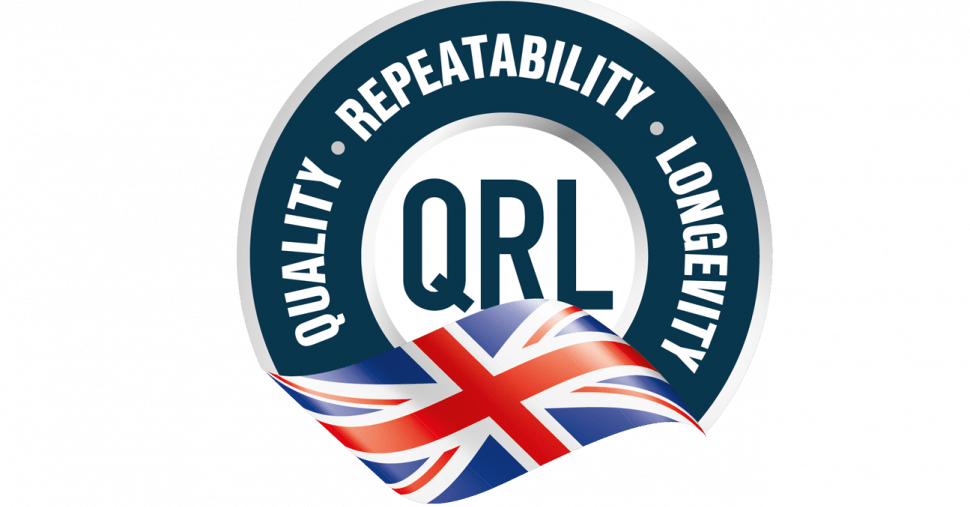The H102F Extended Plate Heat exchanger is very similar to the H102B Plate Heat Exchanger except TWO 4-plate brazed plate heat exchangers are supplied to create the “extended version”. Integral intermediate hot and cold stream temperature measurement demonstrates the basic principles of heat transfer. The H102F is designed to be used with the H102 Heat Exchanger Service Unit.
One plate heat exchanger is mounted, supported and retained on the H102 panel. This is identical to the standard H102B Plate Heat Exchanger. The second plate heat exchanger is mounted on clips attached to the base of the panel and connected using similar self sealing couplings to the standard heat exchanger. The ‘Hot side’ side self-sealing male plugs are on the left and the ‘Cold side’ sockets on the right.
Each plate is corrugated to promote turbulence and is perforated to allow the hot and cold streams to remain in sealed passages on opposite sides of the plates and allow the transfer of heat. It is the combination of turbulence, low volume, high surface area and high fluid velocities that give the high heat transfer capacity in a small volume.
In normal operation, hot water from the heater/circulator flows via the ‘HOT OUT’ braided hose into the upper ‘Hot side’ coupling. Its temperature at entry to the heat exchanger is measured by a thermocouple within the H102. It then flows through the heat exchanger and leaves. Here the same process occurs and the cooled hot water leaves via the 'HOT RETURN' hose. Its temperature on exit is measured by a similar thermocouple within the H102.
Cold water flows through the alternate passage between the alternate plates. The cold water is fed into the heat exchanger via the ‘COLD OUT’ reinforced hose and leaves via the ‘COLD RETURN’ hose, both temperatures measured within the H102. Two intermediate temperatures are measured at the inlet to the flexible couplings linking the two heat exchangers.
The flow direction of the cold stream relative to the hot stream can be reversed by changing the location of the inlet and exit tubes.






